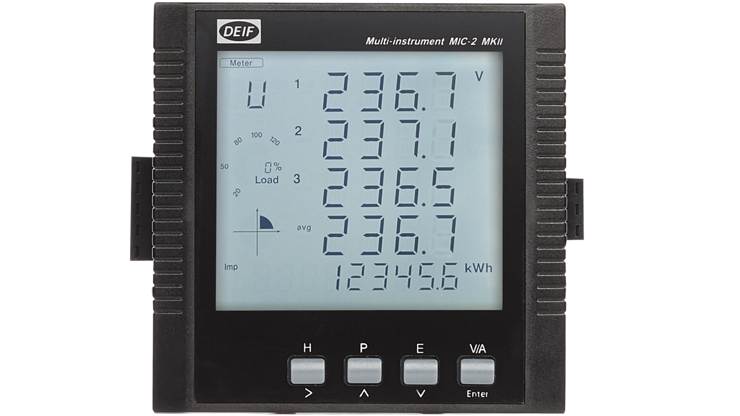The NMEA, which stands for National Marine Electronics Association, is committed to enhancing the technology and safety of marine electronics through installer training and interface standards. Drivers: Windows XP, Vista, Server 2003, Server 2008; Windows 7, Windows 8, 8.1, Windows 10; ListRE, REFTDI, SerialPortChecker: Click for downloading the ListRE program. See the serial port numbers of all RigExpert devices, connected to your PC. Click for downloading the Serial port checker. And see which program keeps your serial ports open. Open Device Manager (Right Click on Windows Logo and Click Device Manager). Now find and expand Universal Serial Bus controllers. Now right-click on USB drivers and click Uninstall. Do for all USB drivers one by one.
| ||||||||||
When it is under Other Devices Windows 10 will not assign it to a COM port thus will not work. After using this cable for 3 years it started doing this for the first time after the Creators update. 2 different cables from 2 different manufacturers with current drivers and the problem starts after the update on 2 different computers makes me.
| |||||||||||||||||||
| |||||
Windows 10 identifies and configures hardware during the initial installation. Upon delivery of a device running Windows 10, the user will typically want to add their own hardware and peripherals such as a printer, a Bluetooth mouse, or web cam. In this tutorial, you learn how Windows 10 installs drivers for new devices and hardware and how you can maintain these drivers, upgrade them, and resolve driver issues that might occur.
Install devices
When you install a hardware component on Windows 10, the operating system requires a device driver to be installed so that you can use it. After it's configured, the device driver loads automatically and is available for Windows to use. This section explains how Windows 10 automatically installs devices and locates the device driver from the Windows Component Store, from Windows Update, or directly from you.
For hardware to function properly, it requires special software designed for Windows 10 to communicate with it. This software is referred to as a device driver, and when Windows 10 detects new hardware, the system automatically attempts to install one of the built-in drivers included as part of the operating system, located within the Windows 10 Driver Store, or download them through Windows Update, from the Internet. New and updated hardware device drivers are regularly submitted to Microsoft by the equipment vendor for testing and cataloguing. If the Windows Update feature is enabled, Windows 10 automatically detects the presence of new device drivers, downloads them, and installs them.
New hardware is typically installed automatically when it's added to Windows 10, with the operating system detecting and identifying the new hardware through the Plug and Play feature. Windows 10 supports new hardware connected through a variety of connection methods, including USB (1.0 through 3.1), Wi-Fi, and Bluetooth. In addition to backward compatibility for existing and earlier hardware, emerging technologies such as near-field communication (NFC) and Miracast for wireless displays also have built-in support in Windows 10.
For advanced users or for managing or troubleshooting a hardware device issue, you can use Device Manager. Device Manager provides information about each device, such as the device type, device status, manufacturer, device-specific properties, and device driver information.
There are multiple ways to load the Device Manager, including:
- Right-clicking the Start button and selecting Device Manager.
- Typing Device Manager into Search.
- Opening Control Panel, selecting Hardware And Sound, and then selecting Device Manager.

The Device Manager default view (devices by type).
You can expand and explore each node in Device Manager and then select a device. All devices have properties, and these can be viewed by right-clicking the desired device and selecting the properties. The Properties dialog box for a device.
Drivers Deif A/s Port Devices Inc
If you added a new peripheral and Windows 10 does not immediately recognize it, first check that the device is connected properly and that no cables are damaged. You should ensure that the external device is powered on and not in sleep or standby mode. You can also open Device Manager and launch the Scan For Hardware Changes Wizard from the Action menu, which will locate previously undetected hardware and then configure it for you.
Manage devices and printers


Device Manager provides one method of managing devices within Windows 10. Another way to add and manage devices is by using the Devices And Printers app within Control Panel. This Devices And Printers app enables you to add devices and printers by clicking the menu item at the top of the screen. This launches an easy-to-use wizard that searches for devices and walks the user through the process of installing devices.
Drivers Deif A/s Port Devices Gigabit
After a piece of hardware is installed, you can view it in the Devices And Printers app, and Windows displays photorealistic icons to help you recognize the devices. If you click and open one of the icons, a new view appears that focuses on the device. This window is the device stage. The type of functionality found in the device stage depends on the support provided by the manufacturer of the device that is installed alongside the device driver.